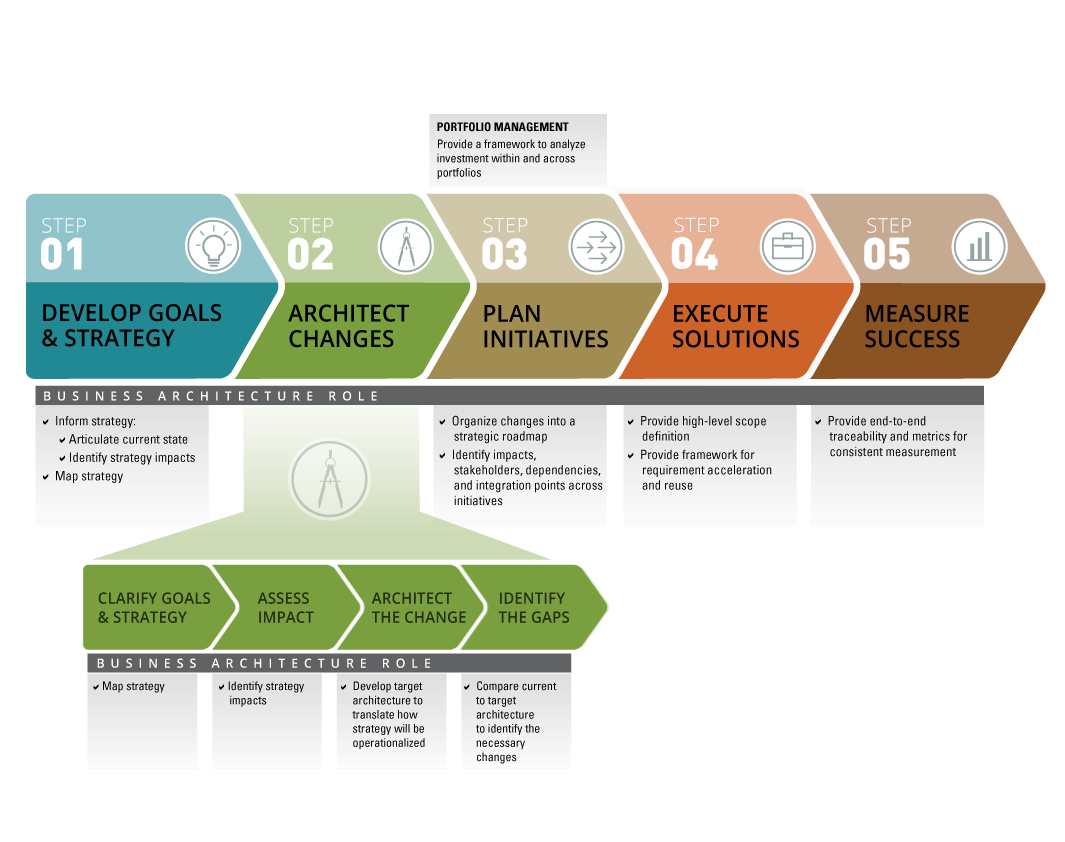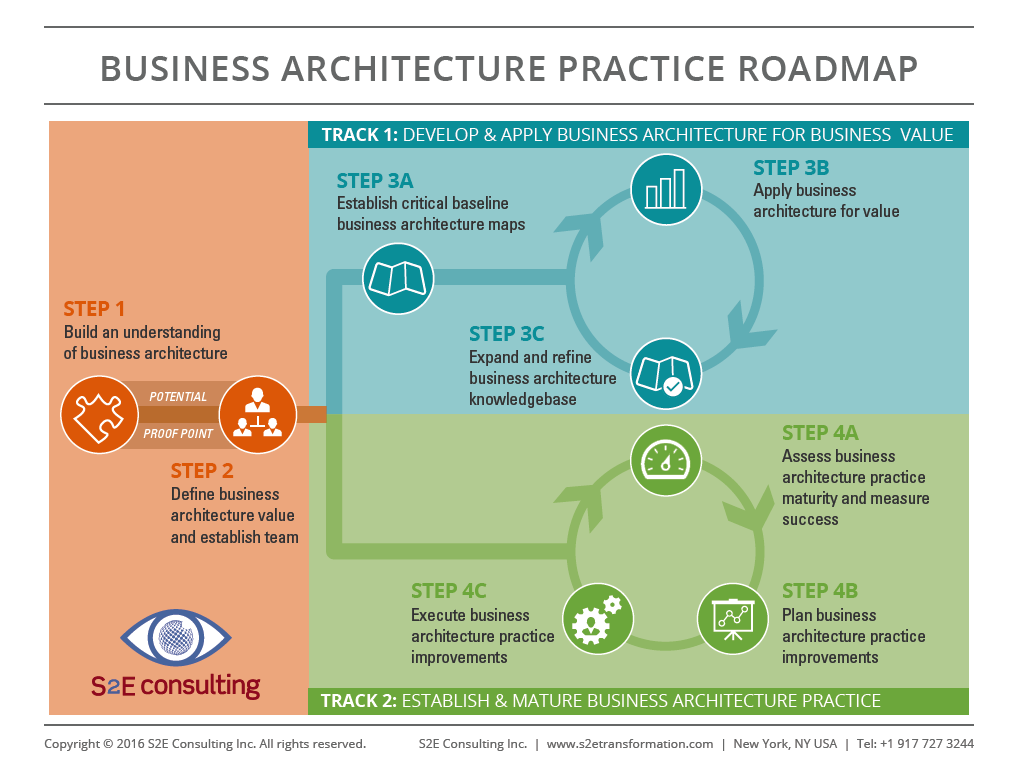 “Houston, we have a problem.”
“Houston, we have a problem.”
“Uh, this is Houston. Uh, say again please.”
We have a strategy execution problem.
Remember that whole deal in Post No. 2 about how constant change is the new normal as customer expectations increase and the external environment evolves at an escalating pace? That means the ability for organizations to get their ideas—things like strategies, transformations, innovations and regulatory changes—into action has never been more important than it is right now. And this includes non-profit and government organizations too which care deeply about carrying out things like missions and policies.
Except one thing. Many organizations, especially large ones, are not so good at it when you look at the overall results. Here are 4 statistics out of a list of 94 that will scare you.
95% of employees in most organizations do not understand their organization’s strategy.
66% of HR and IT organizations develop strategic plans that are not linked to the enterprise strategy.
2% of leaders are confident that they will achieve 80-100% of their strategy’s objectives.
61% of respondents acknowledge that their firms often struggle to bridge the gap between strategy formulation and its day-to-day implementation.
Source: Five of 94 statistics from “94 Mind Blowing Strategy Execution Stats,” Hasse Jansen, October 5, 2016, boardview.io/blog/strategy-execution-stats.
How can this be?
Well, there are many factors that contribute, but the big picture issues are the true source of the challenges.
- It’s hard to bridge strategy and execution. There is often a giant leap between high level business direction and translating what it means to changes necessary in the business and IT environment.
- We define and execute strategy in silos. Direction is translated and planned in silos by business unit, product or other organizational constructs. This leads to redundant, conflicting and non-integrated business and IT solutions—which leads to poor customer experiences and inefficient, expensive operations.
- We approach strategy execution in a fragmented way. Multiple instances of the strategy execution life cycle may occur in different silos. Teams across the strategy execution life cycle are not always integrated well. Rarely is there end-to-end visibility or ownership.
What does that word “metanoia” have to do with anything?
As Peter Senge describes in his book, The Fifth Discipline, a metanoia is “a fundamental movement or shift in mind,” which requires “deep shifts in our orientation.” He underscores the importance of systems thinking and seeing in wholes instead of parts.
Perhaps an organizational “metanoia” is just what we need right now to transition from valuing, thinking and acting in silos to doing so from an enterprise perspective.
Okay, tell me more about this vision?
In a Six-Word Memoir: Business-driven, top-down, enterprise-focused.
The potential for strategy execution is not only to produce better results, but to provide competitive advantage because it seriously improves an organization’s ability to adapt and realize business direction.
What if strategy execution were approached from an enterprise perspective instead of in silos? What if business direction was collectively architected, prioritized and planned from a business-driven and top-down approach instead of bottom-up? What if strategy execution itself was made a priority, with deliberate design, transparency and ownership from end-to-end?
I thought this blog was about business architecture. How does it relate?
Turns out that strategy execution and business architecture are long lost best friends. Business architecture (along with IT architecture) is the bridge between strategy and execution that has been missing for so long.
Here’s strategy execution + business architecture explained in pictures. (Very important: note that business architecture is positioned before planning and execution.)

With business architecture (and business architects) we can:
- Inform, assess and rationalize business direction
- Methodically and comprehensively assess the changes needed to the business and IT environment
- Collectively architect those changes across silos and give the organization a common vision of the future to work towards
- Collectively scope initiatives in the most effective way across silos and help to compare investment within and across portfolios
- Provide traceability across the strategy execution life cycle and determine if the initiative results met the original objectives
So are you saying that business architecture is really about a mindset change?
Business architecture is still just a “blueprint” of an organization. But because of its enterprise nature, peoples’ mindsets do start shifting as you build it and use it. It encourages thinking and acting in wholes, not parts. Not every organization will fully leverage business architecture as described here, but most do or aspire to.
Doesn’t it take a lot to achieve this vision?
Yes, facilitating the organizational “metanoia” required to make this vision real requires organizational commitment from top to bottom and potentially a lot of changes to be made over time. And business architecture isn’t the only star in this strategy execution show (but it would be a nominee for best actor/actress). Making this shift may also require changes to values, culture, structure, roles, responsibilities, motivation mechanisms, decision-making, governance, processes and tools.
Achieving an enterprise-driven approach to strategy execution is a journey for most organizations, and not necessarily an easy one, but as with any journey it is taken one step at a time. And it’s possible. It’s been done. It’s what is needed. What we’re doing now is no longer working, so if we want to achieve new results, we need a new mindset.
Can any organization afford not to make the shift?
“No organization can win if its parts are not all aligned to execute the same strategy and achieve the same goals. Even the ‘perfect’ strategy within a competitively advantaged business model will ultimately fail if the organization is not fully aligned internally and does not understand how to execute the strategy, or if it works at cross-purposes.” — Rick Kash and David Calhoun in How Companies Win (2010)
For further reading —
The Strategy Execution Metanoia (S2E White Paper): The LongTalk version of this story on a new vision for strategy execution and how business architecture helps.



